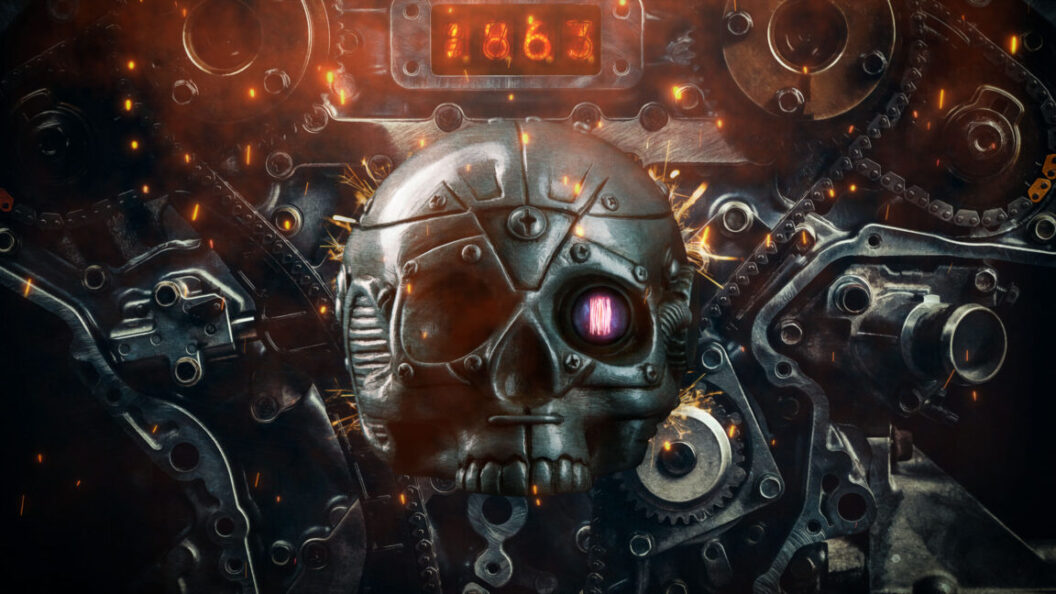The Visionary Concerns of Samuel Butler: A Historical Perspective on AI Safety
In the 19th century, author Samuel Butler articulated profound questions about the future of machines and technology, reflecting on issues that are increasingly pertinent in today’s discussions around artificial intelligence (AI) safety. Butler’s insights resonate with modern concerns of machine consciousness, self-replication, and the potential for humans to lose control of technological advancements—a theme that has reemerged in contemporary literature and films, such as Isaac Asimov’s "The Evitable Conflict," Frank Herbert’s "Dune," and the "Matrix" trilogy.
Butler’s Insights into Machine Evolution
Butler’s exploration into the taxonomy of machine evolution revealed his understanding that machines could develop and become more complex over time. In his analysis, he compared the evolution of mechanical devices to biological species, noting that instruments like watches evolved from cumbersome 13th-century clocks. He proposed that, similar to the evolutionary processes of early vertebrates, mechanical devices might become more efficient and compact as they advanced. Butler articulated these ideas in his 1872 novel "Erewhon," where he depicted a dystopian society that had outlawed most mechanical inventions due to fears over their capabilities. In this fictional world, citizens destroyed all machines created in the last 300 years, showcasing an extreme response to technological evolution.
Reception and Misinterpretation of Butler’s Work
The literary legacy of Butler has received mixed interpretations. In the preface to the second edition of "Erewhon," he noted that some critics perceived his work as a satire of Darwinian evolutionary theory—a claim he rejected. Butler expressed an earnest appreciation for Darwin’s "The Origin of Species," stating that it deeply fascinated him, and he actively defended the theory against detractors back in New Zealand. This contradiction highlights the complexity of Butler’s work, which simultaneously engaged with and challenged prevailing scientific theories of his time.
A Remarkable Vision in a Different Era
What makes Butler’s commentary particularly remarkable is the historical context in which he wrote. During his lifetime, computing devices were rudimentary at best, with the most sophisticated machines being mechanical calculators. Butler’s predictions emerged when Charles Babbage’s theoretical "Analytical Engine" was a mere concept; this early mechanical computer was never constructed during Babbage’s lifetime. The technological advancements Butler observed during the Industrial Revolution, where mechanical automation was transforming manufacturing, were foundational for his extrapolations on machine intelligence. Remarkably, the first working program-controlled computer would not emerge for another seven decades, underscoring the foresight of Butler’s contemplations regarding machine capabilities.
The Contemporary AI Debate
The issues Butler raised regarding machine evolution and control remain relevant today. The recent "great AI takeover scare of 2023" brought these concerns to the forefront when OpenAI released GPT-4, prompting researchers to scrutinize its perceived "power-seeking behavior." Such evaluations echo the same anxieties of self-replication and potential autonomy that Butler expressed, demonstrating how his historical reflections continue to inform modern debates on technology and safety.
Conclusion: Enduring Significance of Butler’s Legacy
Samuel Butler’s foresight into machine intelligence provides critical historical context for the contemporary conversations surrounding AI. His exploration of the risks associated with technological advancement encourages modern society to approach AI development with caution and a thorough ethical examination. As discussions around the implications of AI become increasingly urgent, Butler’s early warnings serve as a reminder that while technology propels human progress, it must be managed carefully to prevent unintended consequences. The legacy of his work prompts reflection on our responsibilities as creators, urging vigilance to ensure that technological innovations align with human values and societal well-being.









